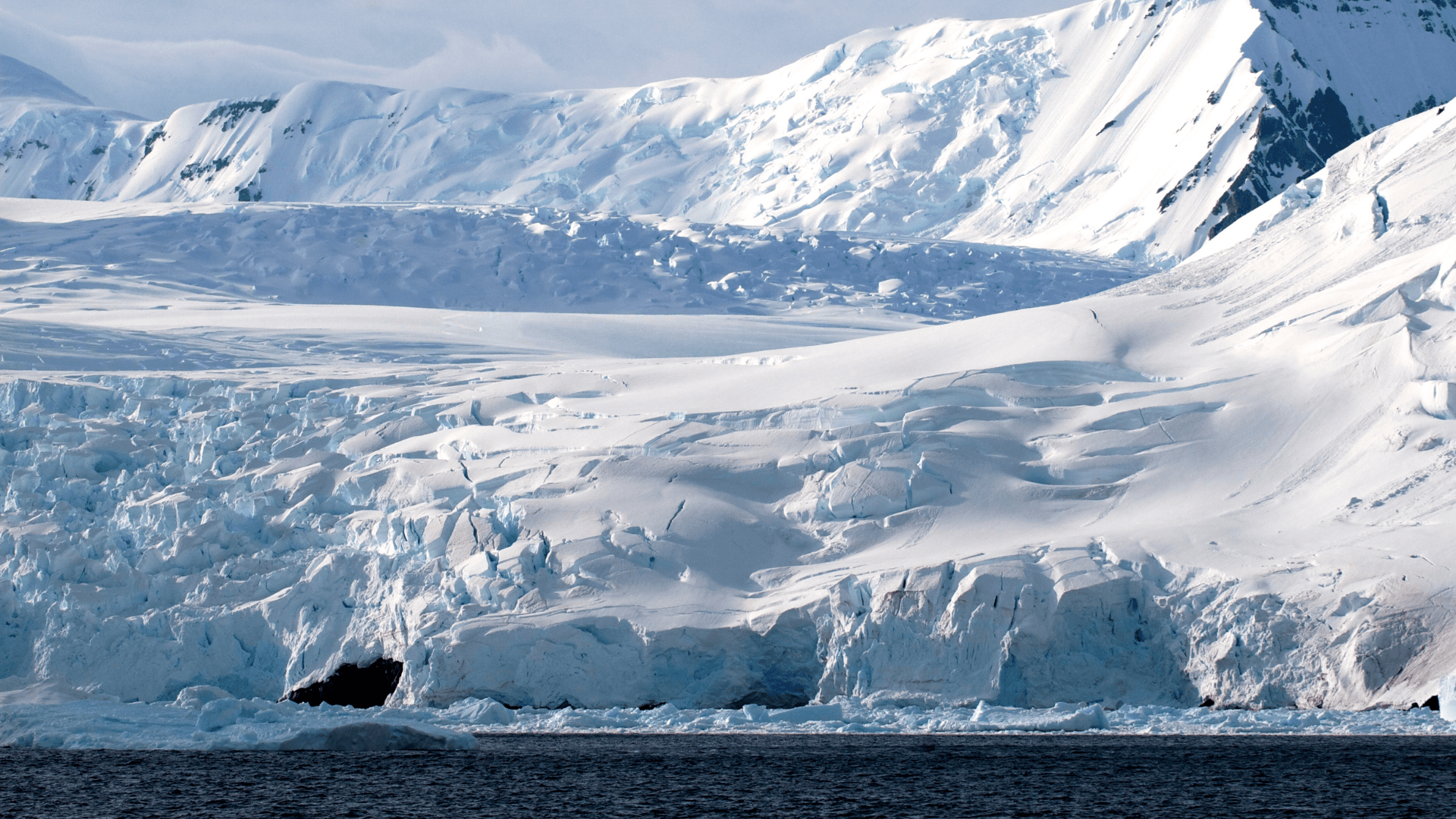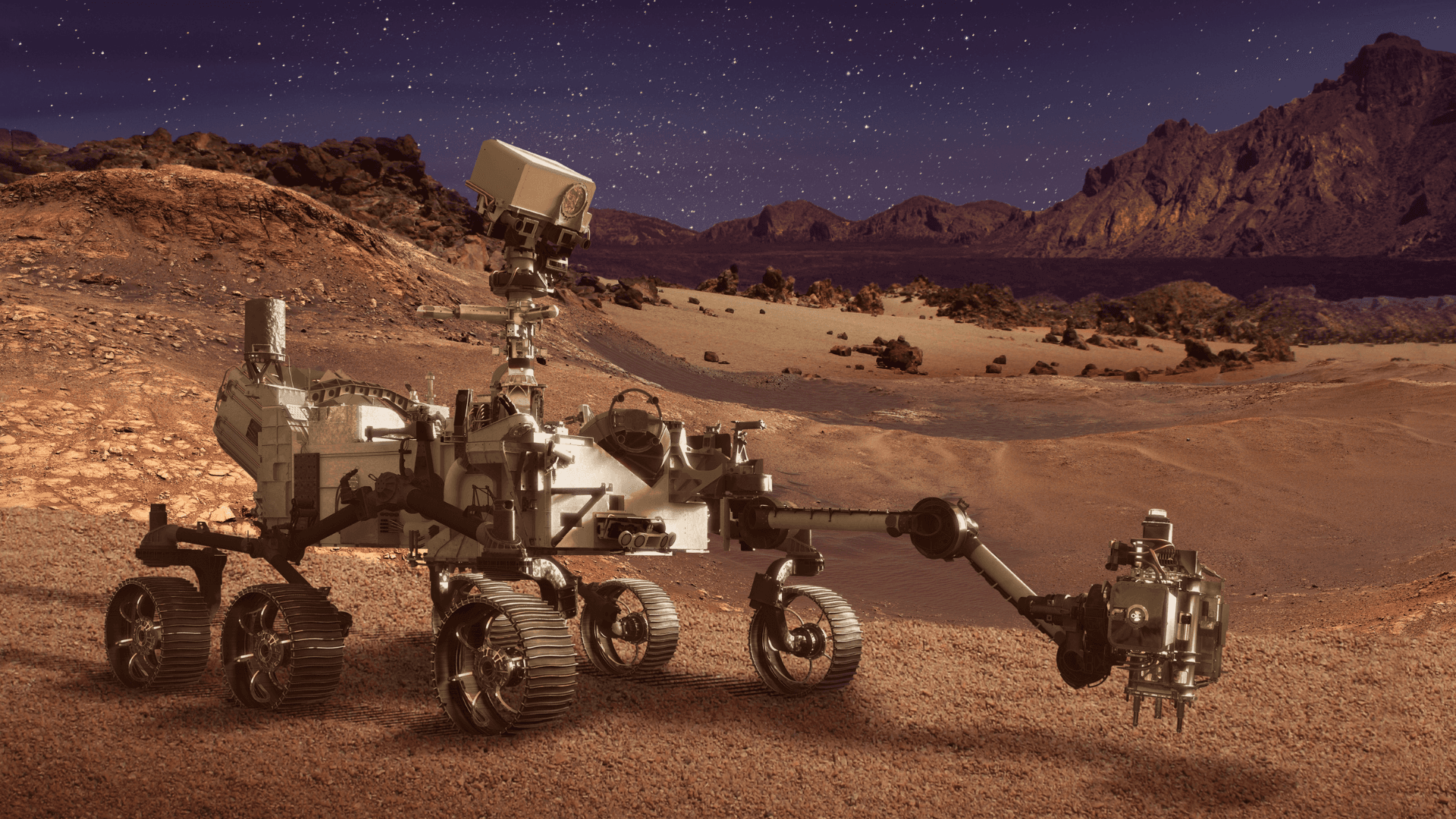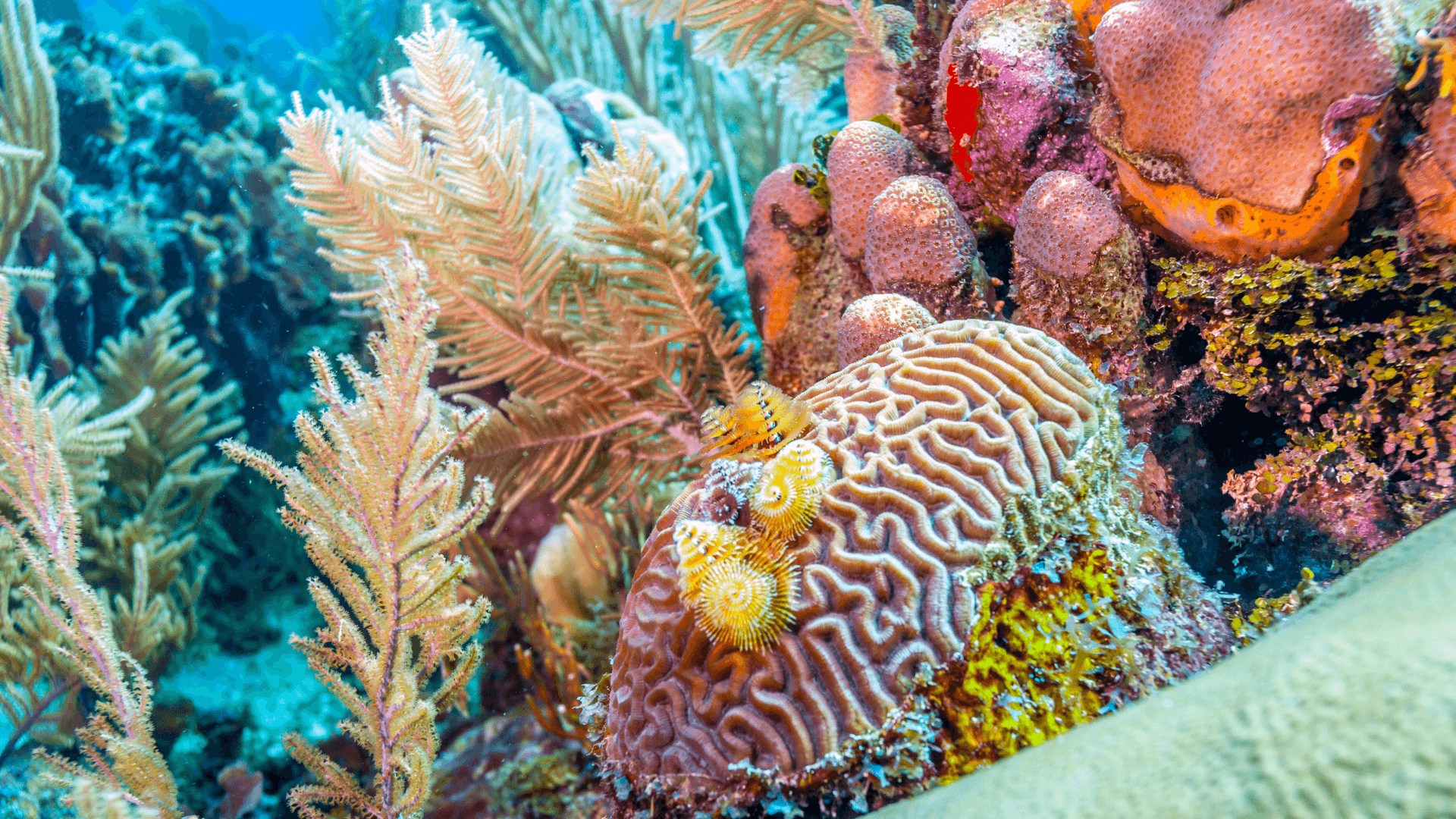New Hypothesis on the Origin of Dinosaurs Challenges Traditional Concepts
New Hypothesis on the Origin of Dinosaurs Challenges Traditional Concepts
New Hypothesis on the Origin of Dinosaurs Challenges Traditional Concepts
Jan 27, 2025
Jan 27, 2025
Jan 27, 2025

Dinosaur tracks in southern Utah. Illustrative image. Credit: Getty Images via Canva.
Dinosaur tracks in southern Utah. Illustrative image. Credit: Getty Images via Canva.
Dinosaur tracks in southern Utah. Illustrative image. Credit: Getty Images via Canva.
New research suggests that dinosaurs emerged in the equatorial regions of Gondwana, challenging earlier theories. Discover how this hypothesis could change our understanding of dinosaur evolution.
New research suggests that dinosaurs emerged in the equatorial regions of Gondwana, challenging earlier theories. Discover how this hypothesis could change our understanding of dinosaur evolution.
New research suggests that dinosaurs emerged in the equatorial regions of Gondwana, challenging earlier theories. Discover how this hypothesis could change our understanding of dinosaur evolution.
A recent study from the University College London (UCL) suggests that the first dinosaurs may have originated in the equatorial regions of Gondwana, covering territories that today correspond to the Amazon, the Congo Basin, and the Sahara Desert. This theory challenges previous models that pointed to a more southern origin, in areas such as Argentina, Brazil, and Zimbabwe.
New Perspectives on the Fossil Record
Scientists argue that dinosaurs may have appeared even before the oldest known fossils, which date back approximately 230 million years. To fill gaps in the fossil record, the researchers adopted an innovative approach: rather than interpreting fossil-free areas as places where dinosaurs did not live, they considered these regions unexplored. This implies that evidence of early dinosaurs might be hidden in hard-to-reach locations.
The Competition of the First Dinosaurs
The earliest dinosaurs were small, ranging in size from that of a chicken to a dog. In addition to being bipedal and omnivorous, they had to compete for space with much larger reptiles, such as pseudosuchians, which reached up to 10 meters in length, and pterosaurs, which dominated the skies. The rise of the dinosaurs only occurred after a massive extinction event caused by intense volcanic activity around 201 million years ago, which wiped out many of their competitors.
Expansion and Evolutionary Adaptations
Over time, dinosaurs spread from Gondwana to other continents, such as Europe, Asia, and North America. The researchers suggest that different groups developed specific adaptations to survive in various environments:
Sauropods, like Brontosaurus, remained in regions with warmer climates.
Theropods and ornithischians evolved to generate body heat, allowing them to inhabit cooler areas.
Implications for Dinosaur Evolution
The study also supports an intriguing hypothesis: silesaurids, previously classified only as close relatives of dinosaurs, may have been direct ancestors of ornithischians. If confirmed, this discovery would help fill a gap in the dinosaur evolutionary tree, explaining the absence of ornithischian fossils in the earliest periods.
—
Want to dive deeper? Check out the full article published by UCL!
A recent study from the University College London (UCL) suggests that the first dinosaurs may have originated in the equatorial regions of Gondwana, covering territories that today correspond to the Amazon, the Congo Basin, and the Sahara Desert. This theory challenges previous models that pointed to a more southern origin, in areas such as Argentina, Brazil, and Zimbabwe.
New Perspectives on the Fossil Record
Scientists argue that dinosaurs may have appeared even before the oldest known fossils, which date back approximately 230 million years. To fill gaps in the fossil record, the researchers adopted an innovative approach: rather than interpreting fossil-free areas as places where dinosaurs did not live, they considered these regions unexplored. This implies that evidence of early dinosaurs might be hidden in hard-to-reach locations.
The Competition of the First Dinosaurs
The earliest dinosaurs were small, ranging in size from that of a chicken to a dog. In addition to being bipedal and omnivorous, they had to compete for space with much larger reptiles, such as pseudosuchians, which reached up to 10 meters in length, and pterosaurs, which dominated the skies. The rise of the dinosaurs only occurred after a massive extinction event caused by intense volcanic activity around 201 million years ago, which wiped out many of their competitors.
Expansion and Evolutionary Adaptations
Over time, dinosaurs spread from Gondwana to other continents, such as Europe, Asia, and North America. The researchers suggest that different groups developed specific adaptations to survive in various environments:
Sauropods, like Brontosaurus, remained in regions with warmer climates.
Theropods and ornithischians evolved to generate body heat, allowing them to inhabit cooler areas.
Implications for Dinosaur Evolution
The study also supports an intriguing hypothesis: silesaurids, previously classified only as close relatives of dinosaurs, may have been direct ancestors of ornithischians. If confirmed, this discovery would help fill a gap in the dinosaur evolutionary tree, explaining the absence of ornithischian fossils in the earliest periods.
—
Want to dive deeper? Check out the full article published by UCL!
A recent study from the University College London (UCL) suggests that the first dinosaurs may have originated in the equatorial regions of Gondwana, covering territories that today correspond to the Amazon, the Congo Basin, and the Sahara Desert. This theory challenges previous models that pointed to a more southern origin, in areas such as Argentina, Brazil, and Zimbabwe.
New Perspectives on the Fossil Record
Scientists argue that dinosaurs may have appeared even before the oldest known fossils, which date back approximately 230 million years. To fill gaps in the fossil record, the researchers adopted an innovative approach: rather than interpreting fossil-free areas as places where dinosaurs did not live, they considered these regions unexplored. This implies that evidence of early dinosaurs might be hidden in hard-to-reach locations.
The Competition of the First Dinosaurs
The earliest dinosaurs were small, ranging in size from that of a chicken to a dog. In addition to being bipedal and omnivorous, they had to compete for space with much larger reptiles, such as pseudosuchians, which reached up to 10 meters in length, and pterosaurs, which dominated the skies. The rise of the dinosaurs only occurred after a massive extinction event caused by intense volcanic activity around 201 million years ago, which wiped out many of their competitors.
Expansion and Evolutionary Adaptations
Over time, dinosaurs spread from Gondwana to other continents, such as Europe, Asia, and North America. The researchers suggest that different groups developed specific adaptations to survive in various environments:
Sauropods, like Brontosaurus, remained in regions with warmer climates.
Theropods and ornithischians evolved to generate body heat, allowing them to inhabit cooler areas.
Implications for Dinosaur Evolution
The study also supports an intriguing hypothesis: silesaurids, previously classified only as close relatives of dinosaurs, may have been direct ancestors of ornithischians. If confirmed, this discovery would help fill a gap in the dinosaur evolutionary tree, explaining the absence of ornithischian fossils in the earliest periods.
—
Want to dive deeper? Check out the full article published by UCL!
Compartilhar em:
Compartilhar em:
Ver Também
Ver Também

DeepSeek AI: o chatbot chinês que está a sacudir o mercado global
Feb 7, 2025

Estudo revela que uma vida social ativa pode reduzir o risco de demência
Feb 4, 2025

Ano Novo Lunar 2025: a chegada do Ano da Serpente
Jan 30, 2025

Nova hipótese sobre a origem dos dinossauros desafia conceitos tradicionais
Jan 27, 2025

Colapso da plataforma de gelo Conger: alerta para a Antártica Oriental
Dec 20, 2024

Estudo relaciona poluição do ar ao risco de tromboembolismo venoso
Dec 20, 2024

As emoções e o corpo humano: conexões milenares nos textos neo-assírios
Dec 20, 2024

Ambiente potencialmente habitável em Marte é descoberto pelo Perseverance
Dec 20, 2024

Revolução XRISM: novas descobertas sobre buracos negros supermassivos
Oct 15, 2024

Estudo aponta que duplicação do gene AMY1, relacionado à digestão de amido, precede a agricultura
Oct 14, 2024

Nascimentos na UE caem para menos de 4 milhões pela primeira vez desde 1960
Oct 11, 2024

Escavação na Dinamarca revela 50 esqueletos Viking incrivelmente preservados
Oct 10, 2024

Estudo indica maior incidência de asma e rinite alérgica em pessoas nascidas no outono e inverno na Finlândia
Oct 9, 2024

Estudo demonstra semelhanças entre a puberdade de adolescentes da Idade do Gelo e jovens modernos
Oct 8, 2024

Análise de DNA em múmias chinesas de 3.600 anos revela queijo mais antigo do mundo
Oct 7, 2024

Estudo revela estabilidade genética de populações da África Austral por 10 milênios
Oct 4, 2024

Nove lugares míticos que podem ter existido, segundo descobertas arqueológicas
Oct 3, 2024

Como os direitos humanos podem salvar recifes de coral e responsabilizar governos
Oct 2, 2024

Relatório da Carbon Brief aponta que 2024 pode ser o ano mais quente da história
Sep 4, 2024

Clima determina a distribuição de mamíferos, revela estudo da Universidade Estadual da Carolina do Norte
Sep 4, 2024

DeepSeek AI: o chatbot chinês que está a sacudir o mercado global
Feb 7, 2025

Estudo revela que uma vida social ativa pode reduzir o risco de demência
Feb 4, 2025

Ano Novo Lunar 2025: a chegada do Ano da Serpente
Jan 30, 2025

Nova hipótese sobre a origem dos dinossauros desafia conceitos tradicionais
Jan 27, 2025

Colapso da plataforma de gelo Conger: alerta para a Antártica Oriental
Dec 20, 2024

Estudo relaciona poluição do ar ao risco de tromboembolismo venoso
Dec 20, 2024

As emoções e o corpo humano: conexões milenares nos textos neo-assírios
Dec 20, 2024

Ambiente potencialmente habitável em Marte é descoberto pelo Perseverance
Dec 20, 2024

Revolução XRISM: novas descobertas sobre buracos negros supermassivos
Oct 15, 2024

Estudo aponta que duplicação do gene AMY1, relacionado à digestão de amido, precede a agricultura
Oct 14, 2024

Nascimentos na UE caem para menos de 4 milhões pela primeira vez desde 1960
Oct 11, 2024

Escavação na Dinamarca revela 50 esqueletos Viking incrivelmente preservados
Oct 10, 2024

Estudo indica maior incidência de asma e rinite alérgica em pessoas nascidas no outono e inverno na Finlândia
Oct 9, 2024

Estudo demonstra semelhanças entre a puberdade de adolescentes da Idade do Gelo e jovens modernos
Oct 8, 2024

Análise de DNA em múmias chinesas de 3.600 anos revela queijo mais antigo do mundo
Oct 7, 2024

Estudo revela estabilidade genética de populações da África Austral por 10 milênios
Oct 4, 2024

Nove lugares míticos que podem ter existido, segundo descobertas arqueológicas
Oct 3, 2024

Como os direitos humanos podem salvar recifes de coral e responsabilizar governos
Oct 2, 2024

Relatório da Carbon Brief aponta que 2024 pode ser o ano mais quente da história
Sep 4, 2024

Clima determina a distribuição de mamíferos, revela estudo da Universidade Estadual da Carolina do Norte
Sep 4, 2024